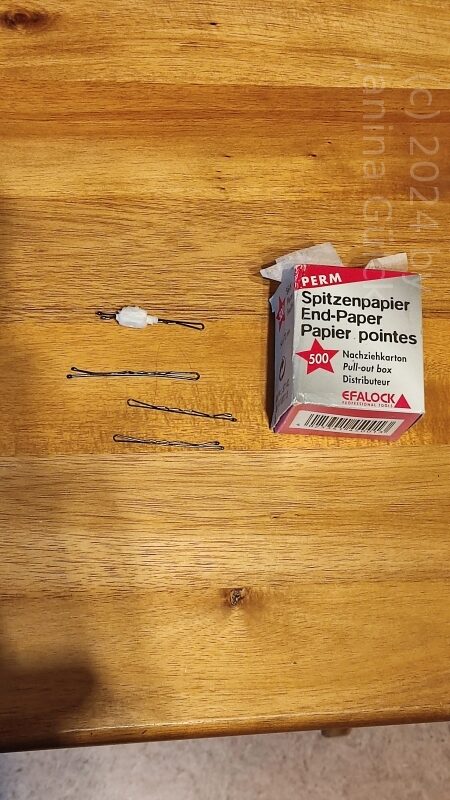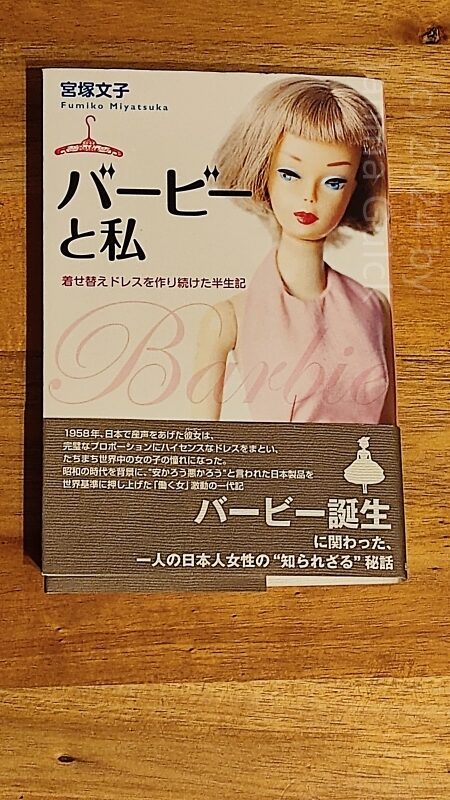Table of Contents
When it comes to restoring Barbie dolls, there are several essential tools that I rely on. This blog post will delve into the various items that I use to bring my Barbie dolls back to their former glory. From cleaning to repairing, these tools are essential for maintaining and preserving these treasured collectibles.
Cleaning Barbie with Rubbing Alcohol and Q-Tips
One of the essential tools for cleaning Barbie dolls is rubbing alcohol and q-tips. Rubbing alcohol is a powerful disinfectant that helps remove dirt, grime, and other impurities from the delicate surface of the dolls. Using q-tips, I can gently and carefully wipe away any accumulated dust or dirt without disturbing the doll’s delicate features.
Things you should know :Cleaning Barbie Clothes with Boost
When it comes to cleaning Barbie clothes, I rely on a product called Boost. This specially formulated detergent is designed to gently clean delicate fabrics and help remove stains. By using Boost, I can restore the vibrant colors and pristine condition of Barbie’s outfits, ensuring that they look their best.

Things like Remove Zit, Poliboy or dental tabs for Vintage Barbie with Green Ears
Another challenge that can arise when restoring Barbie dolls is the removal of green ears. Vintage Barbie dolls with green ears often suffered from this problem, but luckily, there is a simple solution. You have different options when you treat green ears. You can use Remove Zit when you get it in your country. There’s also a liquid with the name Poliboy for cleaning silver available in Europe. Danchlorix is another secret weapon I heard of but never used it until now. It’s a liquid used for cleaning toilets. Recently I head of a new solution called Bar Keepers Friend Power Cream available via amazon but I have neither used Danchlorix nor Power Cream.
Dental tabs are highly effective at removing yellow, and they work just as well on Barbie’s skin as they do on our own. Simply apply the dental tabs over night or over two nights, let the head rest in the solution as long as the yellow is gone, and then gently let the head dry on a towel.
Please be careful when using CLR, a cleaner wide spread in the USA. When used like Poliboy it can destroy the head in the long term. I don’t know about the content but a chemist who worked in the doll production industry wrote about the problem in his book that I can recommend to all of you.
An electric kettle is useful for different things
From taking Barbie head, legs and arms to hair style an electric kettle is versatile for Barbie restoration. For removing heads, arms or legs or restoring hair and curls it’s a super versatile thing to have.
Super handy and not forgotten – Things like a toothbrush and bobby pins
We also should mention here that a toothbrush is always useful when you are working with Barbie. Especially when your dolls are older than 40 years they can become fragile and it’s a good idea to use a toothbrush to bring their hair in shape again. Bobby pins are another secret weapon when you have to deal with Vintage Barbie dolls ( 1959 – 1966) to get the curls back in they may have lost over the years.
Fixing Push Buttons with Needle and Thread
Fixing push buttons on Barbie dolls is a breeze with needle and thread. Many vintage Barbies had these tiny buttons that could easily come loose, but with a bit of patience and a steady hand, you can easily sew them back on. Start by carefully removing the button from the doll’s clothing, making sure not to pull too hard and damage the fabric. Next, use matching thread and a sewing needle to sew the button back on, being careful not to catch any stray threads on the doll’s body. With a little patience and attention to detail, you can restore the functionality and beauty of these beloved buttons.
Conclusion
In conclusion, restoring Barbie dolls requires a carefully selected set of tools. Using rubbing alcohol and q-tips, Boost for clothing cleaning, dental tabs for zits, and needle and thread for repairing push buttons, you can bring your Barbie dolls back to their former glory. Remember to handle these collectibles with care and cherish them for years to come. If you want to read more about Barbie cleaning I wrote an article two years ago https://barbie.final-memory.org/how-to-clean-a-vintage-barbie-body/ and if you want to read more about Barbie cleaning you can read more here https://hobbylark.com/collecting/How-to-Restore-and-Clean-Barbie-Dolls



